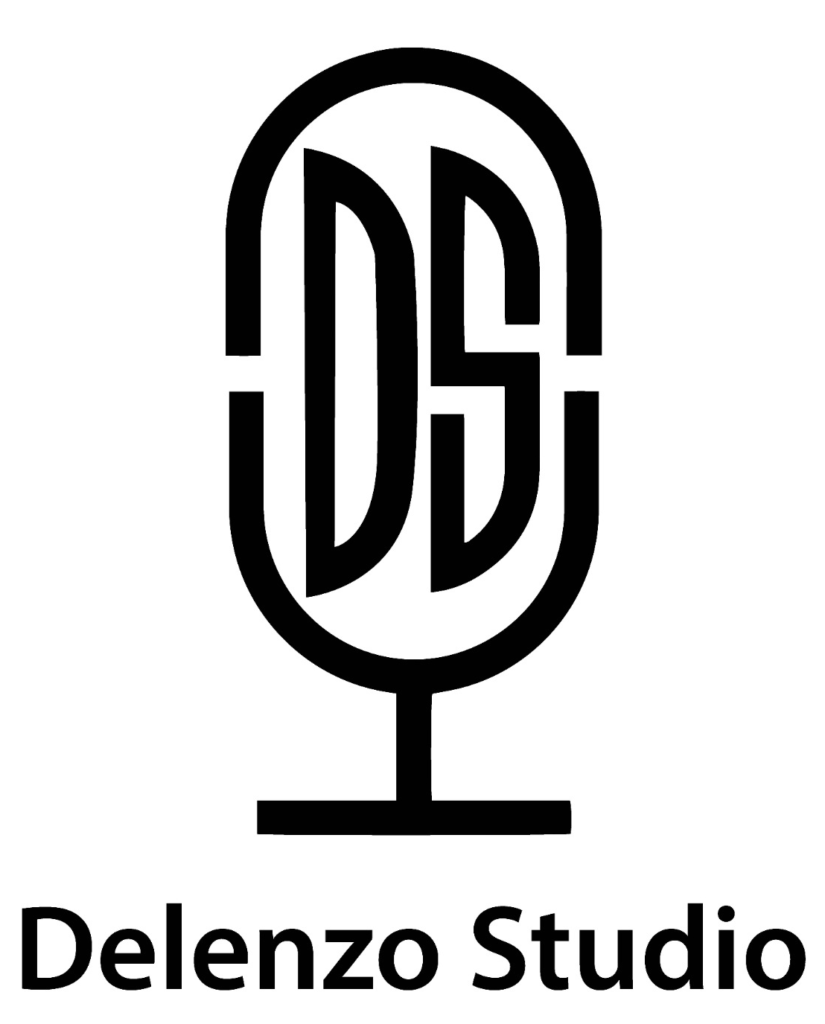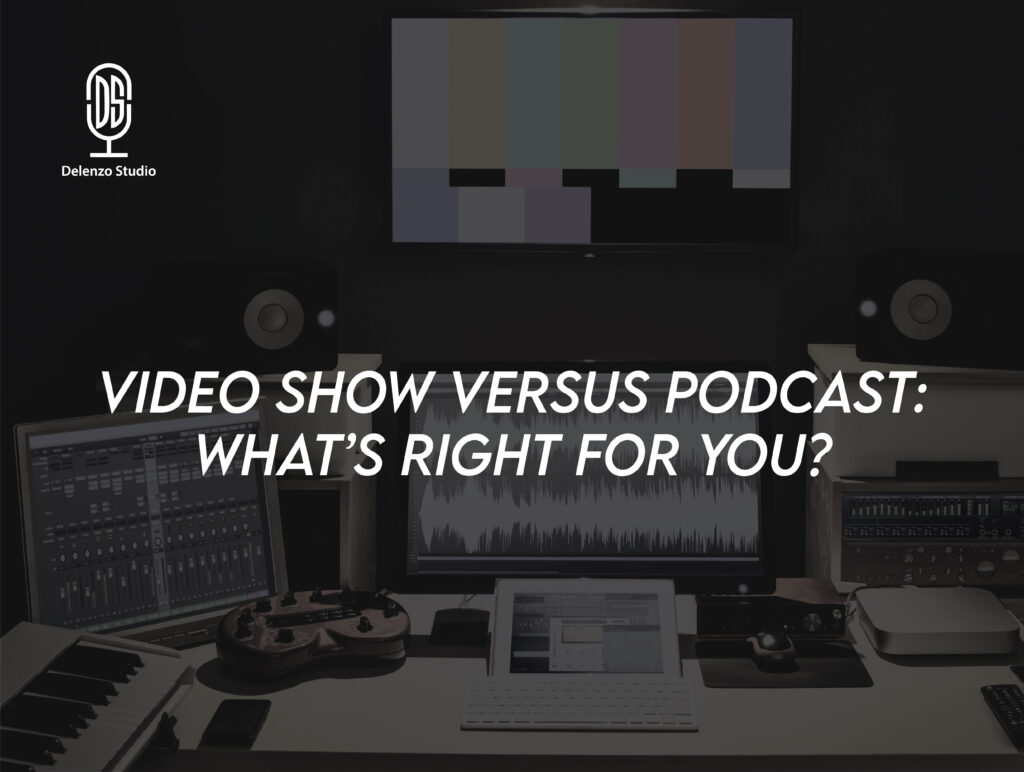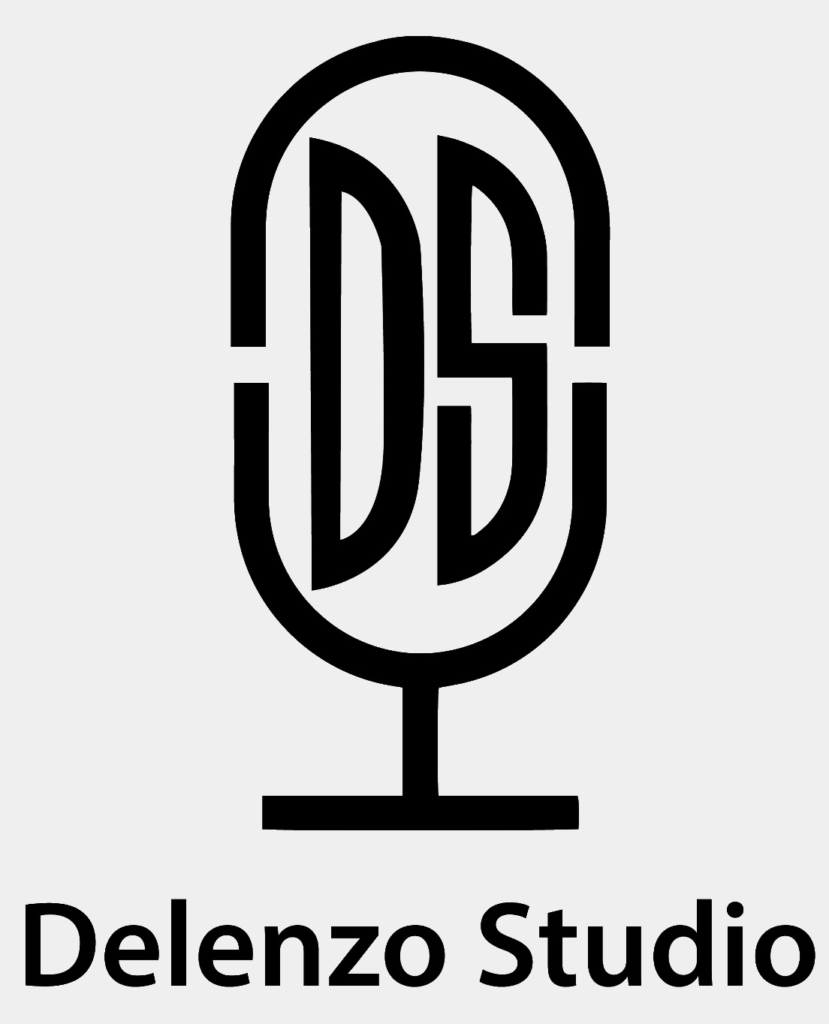One of the most efficient methods to present stories, ideas, and expertise to a global audience is by starting a video podcast. It is a strong format that can generate trust and closer relationships with viewers by combining audio storytelling and interesting visuals to achieve an impact. Unlike traditional podcasts, video provides a unique face-to-face interaction that is easy to remember.
Nowadays, in the digital age, humans consume content that they can view or hear at any location on their smartphones, laptops, or smart TVs. That is why businesses, creators, and educationists are adopting this rising medium. Due to the increased presence of video streaming platforms such as YouTube and Spotify, 2025 is the perfect moment to start up your own video show.
This beginner tutorial has all the steps of the process, which include planning and equipment preparation, recording, editing, publishing, and building your audience. In brief, it is possible to create high-quality episodes that will appeal to the audience and build your brand with the correct strategy and the tools.
What Is a Video Podcast?
A video podcast is a blend of ordinary audio podcasting and storytelling. Rather than simply listening, you can also watch the hosts, guests and discussions. This is a two-fold experience that will make your content more dynamic, particularly for those who like to interact face-to-face.
Usually, a visual podcast needs to be recorded with cameras, microphones, and editing software. It may be in various formats which may include talk shows, interviews, tutorials or episodes of stories. Creators subsequently post such recordings to YouTube, Spotify or social media.
Because these podcasts merge sight and sound, they deliver a stronger impact compared to audio-only shows. They allow you to showcase expressions, visual cues, and body language helping your message feel more authentic and engaging to every viewer.
Why Start a Video Podcast in 2025?
The year 2025 marks a peak moment for digital media growth. A video podcast is now one of the most effective tools for building authority, creating visibility, and growing loyal audiences.
First, people are spending more time on platforms where video dominates. This means your podcast has greater chances of being discovered. Second, audiences want authentic content that feels relatable and trustworthy. A video format makes this possible.
Additionally, for small businesses and creators in Pakistan or worldwide, podcasts offer cost-friendly marketing. They can reach niche groups without the high expense of traditional ads. Modern smartphones, cameras and editing software have made it easier to create professional video podcasts. This is why it is the best time to begin.
Step 1: Plan Your Video Podcast
When it comes to a video podcast, it is all about planning. You should also outline and write down what you hope to achieve before hitting record. Think about the reasons why you want to start, what you want to say, and what outcomes you want to achieve. Planning minimizes mistakes and wastage of time in the future. List the ten episode ideas you have. In this way, there is a direction to take, which keeps you on course and in focus. Success in the future is dependent on a good plan.
Choose a Niche & Format
The core of your show consists of your niche and format. A niche provides your podcast with a direction of either marketing, lifestyle, education, or entertainment. Meanwhile, the format provides structure. As an example, you can select interviews, one-on-one conversations, panel discussions, or narrative episodes. Choose the one that suits your interests. Also, make sure that your content should always be valuable to your audience. The specific niche and straightforward form of the production not only appeals to the listeners but also simplifies the production process, making your podcast look structured and professional.
Define Your Target Audience
Understanding your target audience is essential. Ask yourself: Who do I want to reach with my video podcast? It could be students, entrepreneurs, hobbyists, or general viewers seeking entertainment. Create a listener persona by defining their age, interests, and problems. This will assist you in creating material that will directly communicate with them. The more familiar you are with your audience, the more connection you will have. Remember, successful podcasts develop as they constantly provide information that matches the expectations and requirements of their audience.
Step 2: Prepare Your Video Podcast Equipment
Equipment plays a huge role in producing quality results. A good video podcast does not always require expensive gear, but it does require the right essentials. Get a good camera, a clear microphone and a strong lighting system. The audio is particularly significant, as bad sound distracts viewers. You must also prepare backup storage cards and batteries. Although the urge to spend more is appealing, concentrate on purchasing useful equipment that will meet your immediate requirements. As your show expands with time you can always upgrade.
Essential Gear
To get started, you need a few core items. First, choose a camera that records in at least 1080p HD. Second, get a condenser microphone to have sharp audio. Third, purchase a softbox or LED lighting to create an equal amount of brightness. Finally, there is the use of headphones to check the sound level during recording. When combined together, these items form a professional base. Keep in mind that quality equipment makes you look better. Even if your content is great, poor visuals or sound can turn people away. Always prioritize clear audio and steady video above everything else.
Recording Environment
Your environment impacts the quality of your video podcast. Record in a quiet room where outside noise is minimal. Add acoustic panels or soft furnishings to reduce echoes. Ensure your background looks clean and professional this helps viewers focus on you rather than distractions. Good lighting, whether natural or artificial, creates a more appealing frame. Also observe camera angles with a view of maintaining eye-level shots due to a natural connection. A controlled recording atmosphere makes your podcast look professional and believable.
Step 3: Record Your First Video Podcast Episode
The first episode can be a daunting experience to record, but preparation can help. To keep track, begin with a simple script or outline. Precheck your equipment, sound levels and camera position then press record. Use the natural and conversational energy – viewers would rather see authenticity than perfection. In case an error occurs, there is no need to stop, you can correct it in the future. Above all, concentrate on adding value to your audience. Regular recording also creates confidence and you can perfect the skills and get better with every episode.
Step 4: Edit Your Video Podcast
Editing transforms raw footage into a polished final product. Use software like Adobe Premiere Pro, Final Cut Pro, or beginner-friendly tools such as Filmora. Trim irrelevant pauses, add intros and outros, and adjust the audio. Add graphics or textual overlays as required to drive important points. Maintain transitions and make them simple. It is also important to remember, editing is not about perfection, but clarity. The idea is to make an episode that is professional and yet natural, easy to watch and enjoyable to the audience.
Step 5: Publish & Distribute Your Video Podcast
After making your video podcast, it is time to share it with the world. It is important to upload on the right platforms to have a wider reach. Such sites as YouTube, Spotify Video, and Apple Podcasts offer video formats. Distribution makes you visible, which means that your content is available on devices. Think of publishing as the launchpad for your podcast. Without distribution, your hard work remains unseen. Make sure to include engaging titles, relevant descriptions, and attractive thumbnails. These small details boost discoverability and attract new viewers quickly.
Upload to Platforms
When uploading, make sure that you select platforms that are related to your objectives. YouTube is best at finding and community building. Spotify and Apple Podcasts have regular listeners who listen on a regular basis. Video distribution is also supported on Facebook and Instagram. Make sure that your file size and format is platform compatible. Along with tags and categories, adding tags and categories will enhance your search results, increasing your ease of finding your video podcast. Frequent postings develop momentum. Audiences want consistency, thus have a schedule and follow it. Because growth is associated with consistent publishing.
Share & Promote
Promotion is where your efforts pay off. Share your video podcast across social media channels like Instagram, LinkedIn, and TikTok. Reuse brief videos as trailers to create interest. Collaborate with guests who have the ability to share episodes with their viewers. Send email newsletters to keep subscribers informed of new releases. Advertise regularly and not occasionally. The higher the number of places where people see your content, the more they are likely to get involved. Strategic promotion ensures that your podcast is not lost in the digital noise.
Step 6: Grow & Monetize Your Video Podcast
Growth and monetization is not instant but can be accomplished with patience. The first step is to create content that will build loyal viewers by providing high-quality content consistently. Promote subscriptions and interaction using call to action. In the long run, consider monetization, including sponsorship, advertising or merchandise. You may also provide quality material or courses to subscribers who pay. Keep in mind, monetization will only work in the future when your audience likes and trusts you. Growth comes naturally, as long as you are always focused on quality and connection with the audience, rather than quick profit.
Common Mistakes Beginners Make
There are numerous basic mistakes that beginners commit when starting a video podcast. The prevention of such can save time, decrease frustration, and enhance overall quality. The most frequent errors are the following:
- Ignoring proper audio setup leads to poor sound quality, which drives viewers away regardless of video clarity. Always invest in microphones and monitor audio during recording.
- Overcomplicating equipment purchases wastes money. Start small with essential gear and upgrade gradually as your skills and audience grow, ensuring smart investments at the right time.
- Skipping consistent scheduling confuses your audience. Listeners expect regular uploads, and inconsistency makes it harder to build loyalty or establish long-term audience trust.
- Neglecting video lighting reduces professionalism. Poor lighting creates shadows and distractions. Even simple setups like ring lights or natural windows improve quality dramatically.
- Forgetting the audience weakens engagement. Always design content around their interests, questions, and challenges. Viewers return when they feel valued, understood, and entertained.
- Recording in noisy spaces creates distractions. A controlled environment with soundproofing or quiet rooms ensures clarity, making listening and viewing far more enjoyable.
- Rushing editing results in messy episodes. Take time to polish transitions, adjust levels, and trim awkward pauses. Good editing improves pacing and professional appeal.
Avoiding promotion limits growth. Without sharing your podcast widely, new viewers cannot discover your work. Promotion is essential for building a lasting, visible presence.
FAQs
A digital broadcast will require a good camera, a microphone, headphones, a tripod, and lights to begin. This will be accompanied by editing software and a quiet recording space that will give clear images, clear audio and professional-looking episodes.
Yes, it is so you can start a video podcast with the help of a smartphone only. The current phones record quality video and audio. However, by spending a little on external microphones, tripods, and lighting, you can make your recording quality and experience for your viewers much better.
YouTube, Spotify, and Apple Podcasts are the most suitable platforms to use in visual podcasts. YouTube has the greatest reach, Spotify enables a combination of audio and video, and Apple Podcasts also provides good discoverability for listeners of the podcast on an international scale, which increases the level of engagement with the audience.
Recorded video shows can be freely edited using apps such as DaVinci Resolve, Audacity, Premiere Pro or Final Cut Pro. These applications offer features of editing necessary to you, including cutting, improving audio, and adding graphics without costly software.
Whereas you can record at home, a podcast studio can greatly improve the quality of the video. The studios will offer quality cameras, professional lighting and high-end microphones, which guarantee crystal-clear production. Acoustic treatment reduces noise in the background and expert advice makes it easy to get good episodes ready for presentation to the audience.



